- contact@laparoscopyadvice.com
- General Practice Hospital, G-9/2 Islamabad
- Mon - Fri: 10:00 am - 7:00 pm
Visiting Hours
| Mon - Fri: | 8:00 am - 8:00 pm |
| Saturday: | 9:00 am - 6:00 pm |
| Sunday: | 9:00 am - 6:00 pm |
Gallery Posts
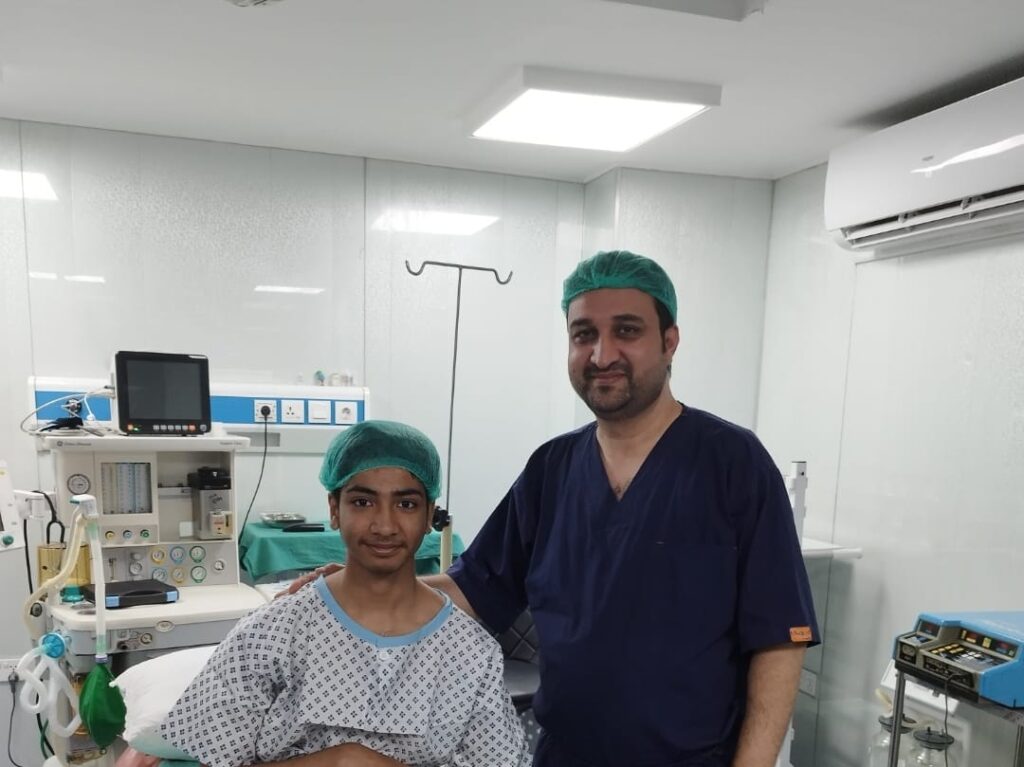
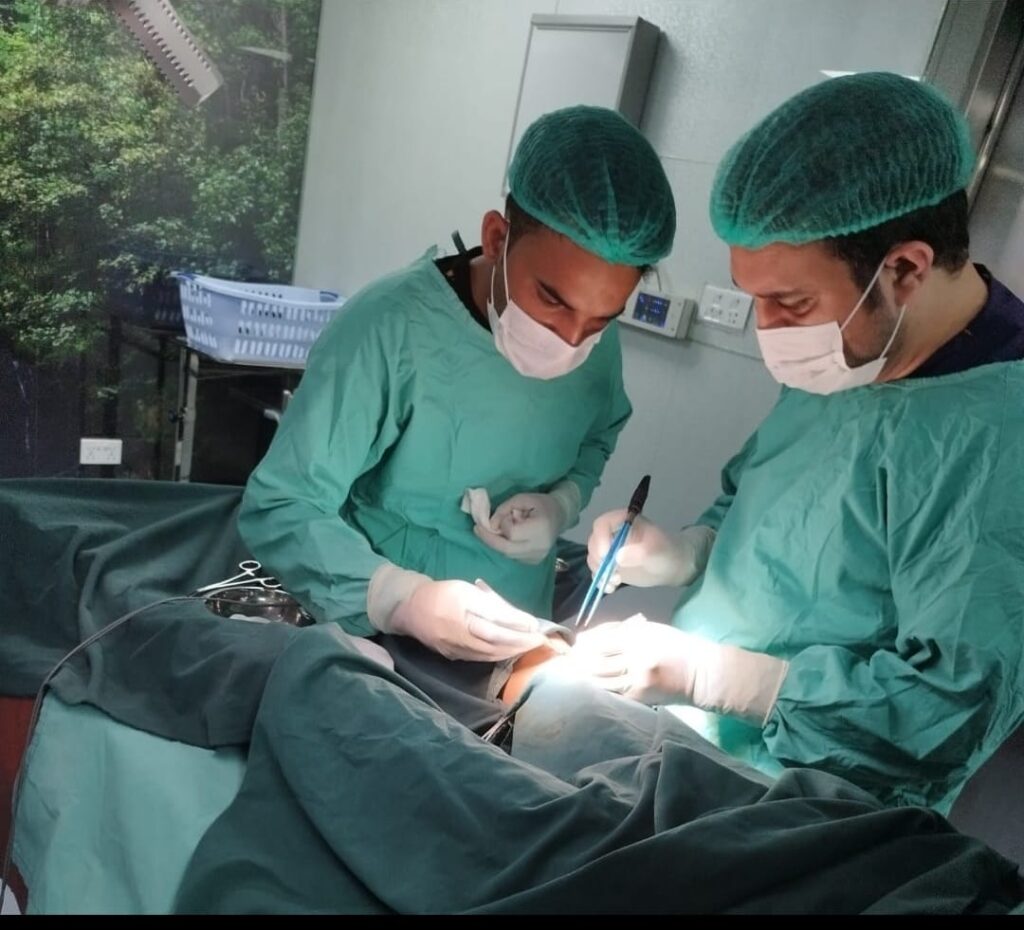
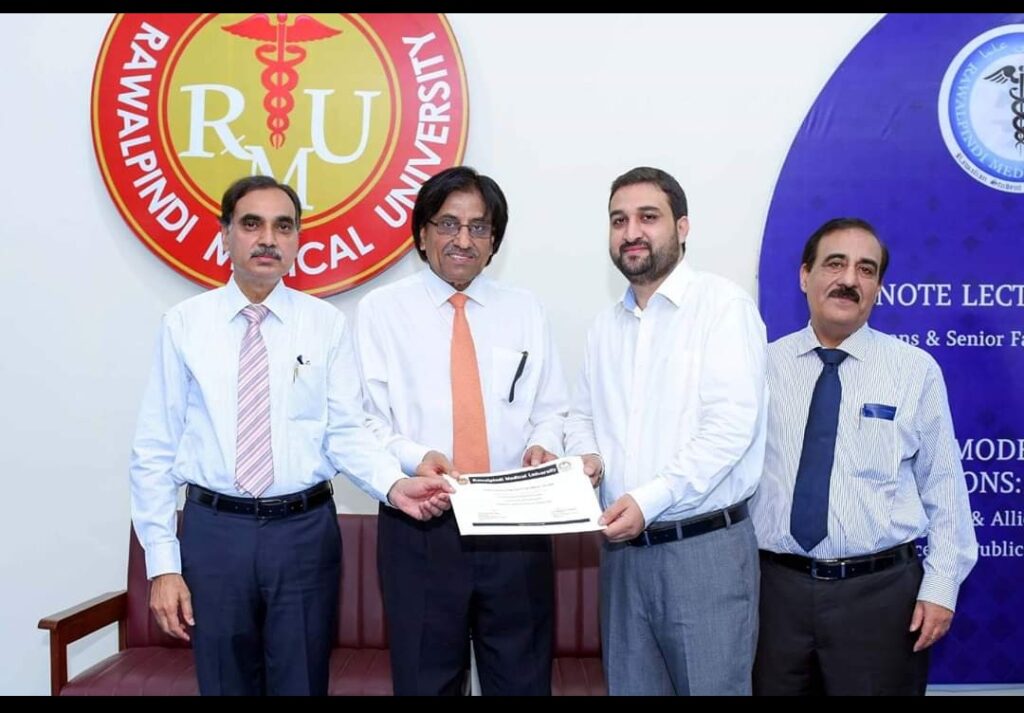
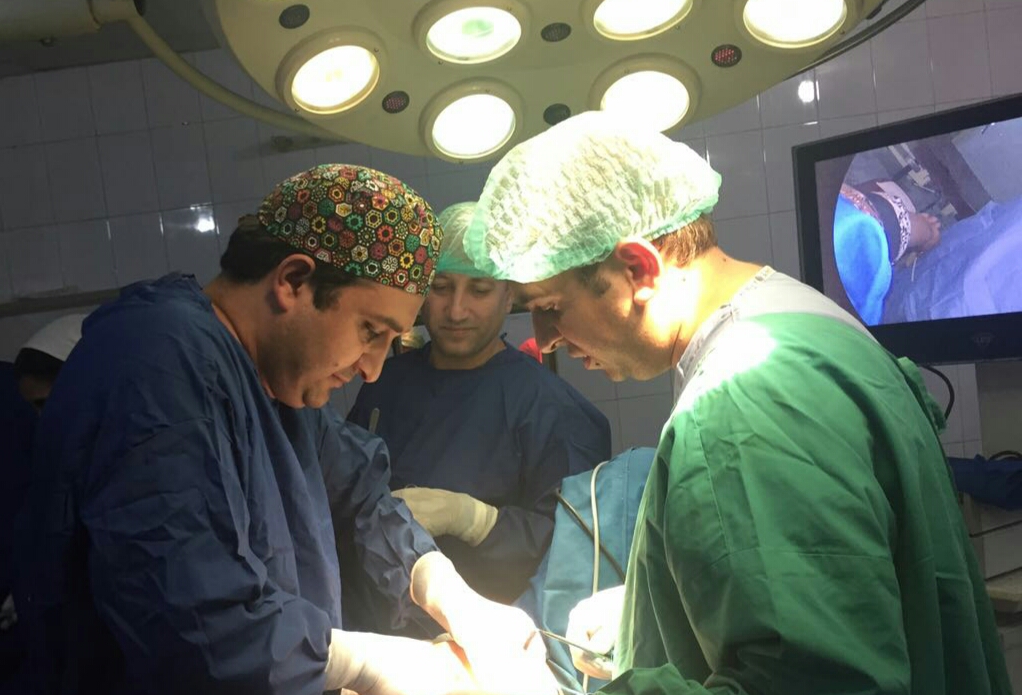
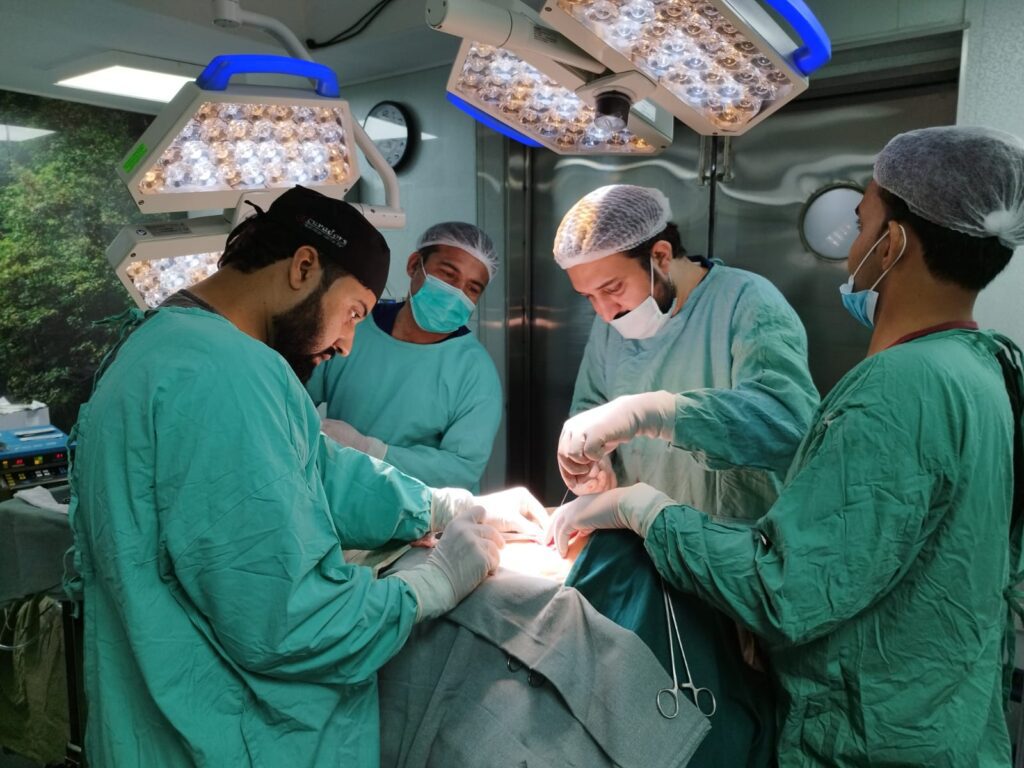
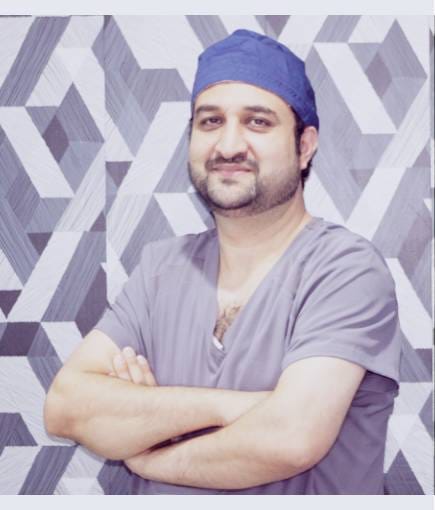
| Mon - Fri: | 8:00 am - 8:00 pm |
| Saturday: | 9:00 am - 6:00 pm |
| Sunday: | 9:00 am - 6:00 pm |






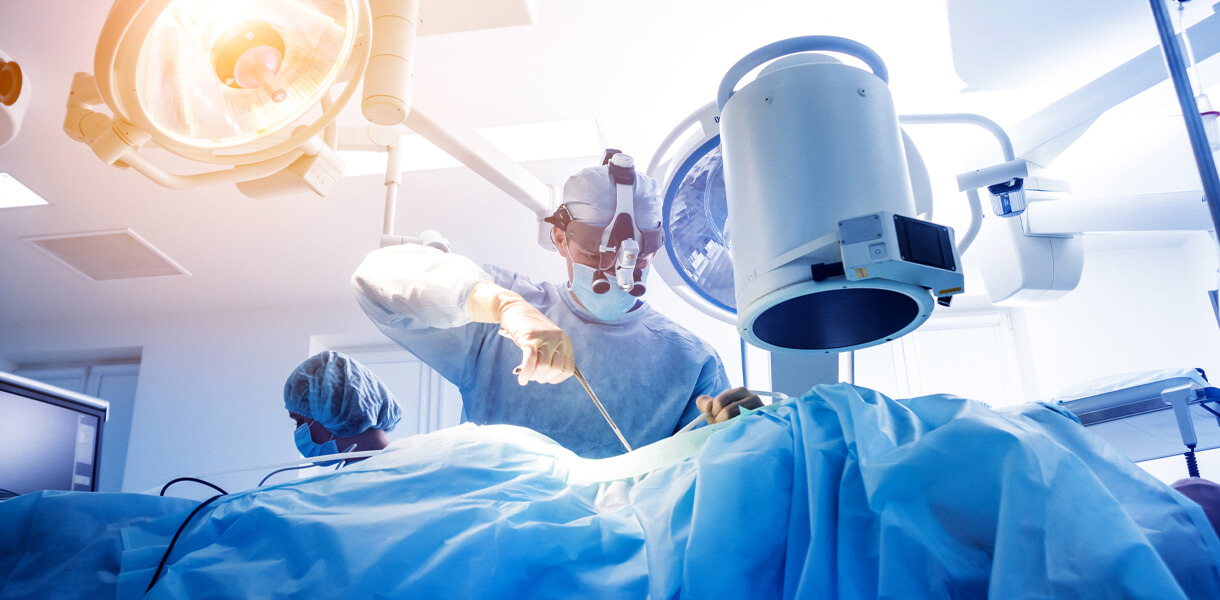
Pilonidal sinus, also known as pilonidal cyst or sacrococcygeal fistula, is a condition characterized by the formation of a small tunnel or channel in the skin near the tailbone (coccyx). This sinus can become filled with hair, debris, and fluid, leading to inflammation, infection, and the development of abscesses. Pilonidal sinuses often require medical treatment, ranging from conservative measures to surgical intervention, to prevent recurrence and complications.
A pilonidal sinus typically develops in the cleft between the buttocks, just above the coccyx. The condition is more common in young adult males and individuals who sit for prolonged periods or have a family history of pilonidal disease. Pilonidal sinuses often result from hair penetrating the skin and causing irritation or inflammation, leading to the formation of a cyst or abscess.
Sinus Tract: Pilonidal sinuses manifest as small channels or tunnels beneath the skin, usually containing hair, skin debris, and pus.
Abscess Formation: In some cases, the pilonidal sinus may become infected, resulting in the formation of an abscess. This can cause pain, swelling, and redness in the affected area.
Hair Penetration: The primary cause of pilonidal sinuses is hair penetration into the skin, particularly in the coccygeal region. Friction, pressure, and ingrown hairs can contribute to the development of sinus tracts.
Sedentary Lifestyle: Individuals who sit for extended periods, such as truck drivers or office workers, are at higher risk due to increased pressure and friction in the buttock area.
Obesity: Excess weight and obesity can exacerbate the formation of pilonidal sinuses by increasing skin folds and moisture in the intergluteal region.
Pain: Patients with pilonidal sinuses may experience localized pain in the coccygeal region, especially during prolonged sitting or movement.
Swelling: Swelling and tenderness around the pilonidal sinus or abscess are common symptoms, particularly during flare-ups or infections.
Drainage: Pus or blood discharge from the sinus tract or abscess may occur, along with foul odor.

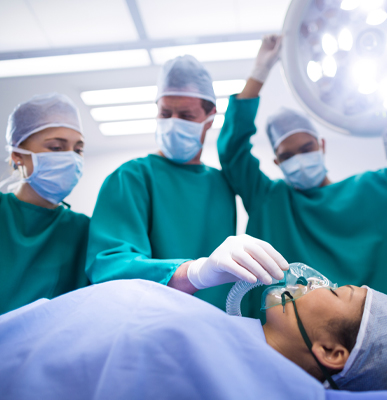
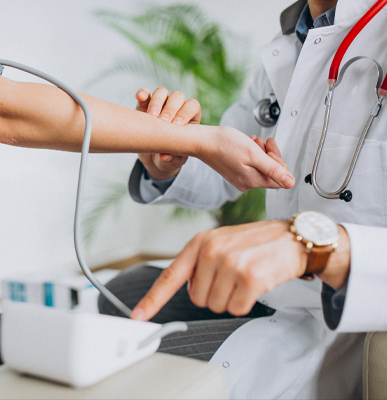
Incision and Drainage: For acute abscesses, surgical incision and drainage may be necessary to relieve pain and remove infected material.
Antibiotic Therapy: Antibiotics may be prescribed to treat bacterial infections associated with pilonidal sinuses, particularly in cases of abscess formation.
Pilonidal Sinus Excision: Surgical excision of the sinus tracts and affected tissue may be performed to prevent recurrence and promote healing. This procedure may involve open excision or minimally invasive techniques such as laser ablation or pit-picking.
Good Hygiene: Maintaining proper hygiene, including regular cleansing and drying of the buttock area, can help prevent the accumulation of debris and reduce the risk of pilonidal sinus formation.
Avoid Prolonged Sitting: Taking breaks from prolonged sitting and using cushioned seating surfaces can help alleviate pressure and friction on the coccygeal region.
Hair Removal: Shaving or depilatory treatments may be recommended to reduce hair growth and minimize the risk of hair penetration into the skin.
| Mon - Fri: | 9:00 am - 7:00 pm |
| Saturday - Sunday: | Off |
Copyright 2023 Adil's Laparoscopy World | Powered by Dynaamx